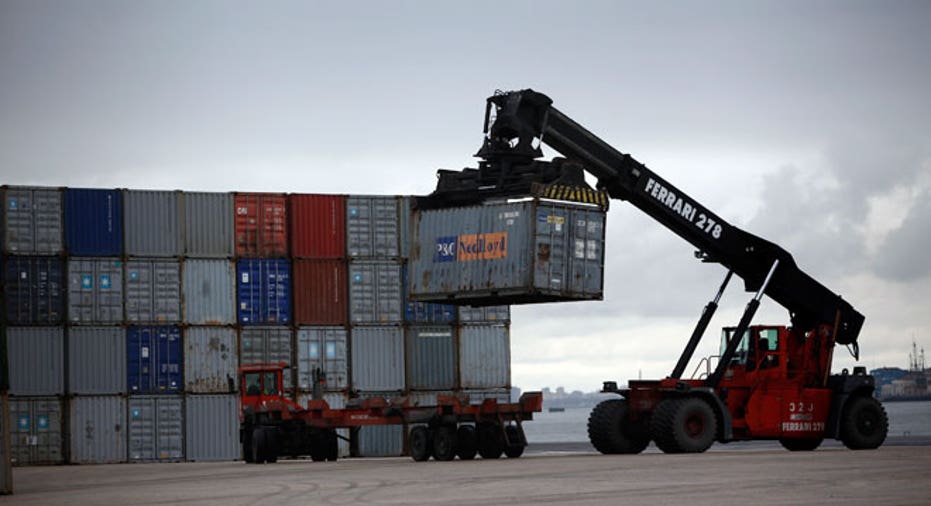Trade Deficit Widened More Than Expected in May

The U.S. trade deficit widened more than expected in May as rising oil prices helped to push up the import bill and exports remained constrained by the lingering effects of a strong dollar.
The Commerce Department said on Wednesday the trade gap increased 10.1 percent to $41.1 billion. April's trade deficit was unrevised at $37.4 billion.
Economists polled by Reuters had forecast the trade deficit rising to $40.0 billion in May. When adjusted for inflation, the deficit increased to $61.1 billion from $57.5 billion in April.
Despite the increase, the inflation-adjusted trade deficit in April and May remained below the average for the first quarter, suggesting that trade was on track to make a modest contribution to gross domestic product in the April-June period.
The Atlanta Federal Reserve is currently forecasting second-quarter GDP rising at a 2.6 percent annualized rate. The economy grew at a 1.1 percent pace in the first quarter.
The dollar's sharp rally against the currencies of the United States' main trading partners between June 2014 and December 2015 has undercut export growth.
With the dollar weakening this year on a trade-weighted basis, some of the drag on exports had started to fade. An Institute for Supply Management survey on Friday showed manufacturers reported an increase in new export orders in May for four straight months.
But the dollar has been regaining strength in the wake of last month's British referendum to leave the European Union and economists say this could renew pressure on exports.
In May, exports of goods slipped 0.2 percent to $119.8 billion. Overall exports of goods and services dipped 0.2 percent to $182.4 billion. Exports of capital goods, automobiles and consumer goods fell.
But industrial supplies and food increased in May.
Exports to the European Union fell 4.2 percent, with exports to the United Kingdom plummeting 15.6 percent. Goods shipped to Canada and Mexico, the United States' main trading partners, also declined in May. China also bought fewer U.S.-made goods in May, with exports to that country falling 1.7 percent.
Imports of goods increased 1.9 percent to $182.1 billion in May, with higher oil prices accounting for part of the rise. Oil prices averaged $34.19 per barrel in May, the highest since December, up from $29.48 in April.
The $4.71 increase in the average oil price in May from April was the biggest in five years. Despite the oil price increase, the petroleum trade deficit was the smallest since February 1999 as the country depends less on foreign oil.
May's increase in imports also suggested a pick-up in domestic demand. Imports of industrial supplies, automobiles and consumer goods increased in May. Food imports also rose.
Imports from China surged 13.8 percent as cellphone imports rose. With exports falling, the politically sensitive U.S.-China trade deficit jumped 19.4 percent to $29.0 billion in May.
(Reporting by Lucia Mutikani; Editing by Andrea Ricci)